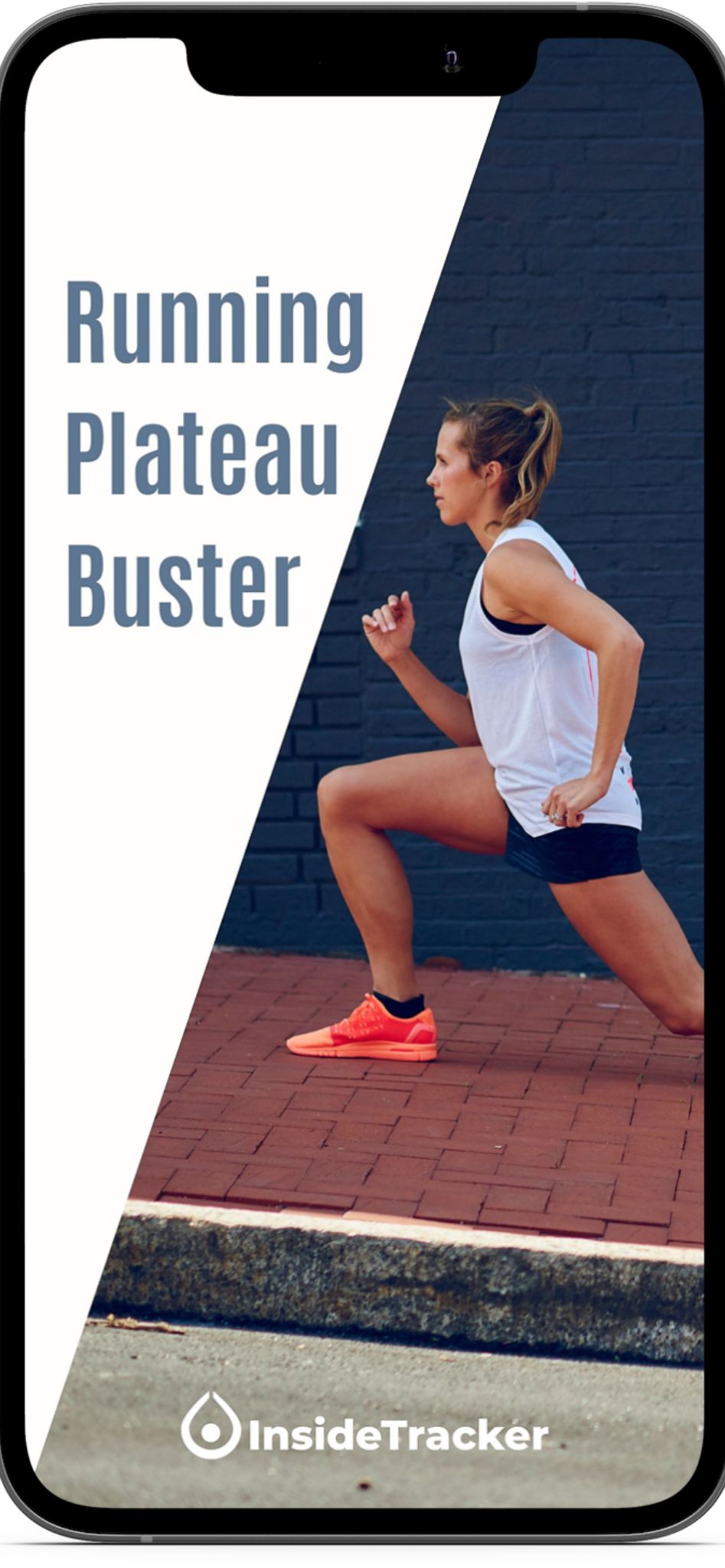When you’re toeing the line for a 100-mile race, what you wear matters. A lot. You’ll face everything from sun to rain, warm afternoons to freezing pre-dawn hours. Chafing, blisters, overheating, and cold sweats? All potential hazards. The proper clothing can’t prevent every rough patch, but it can make your race a whole lot more manageable.
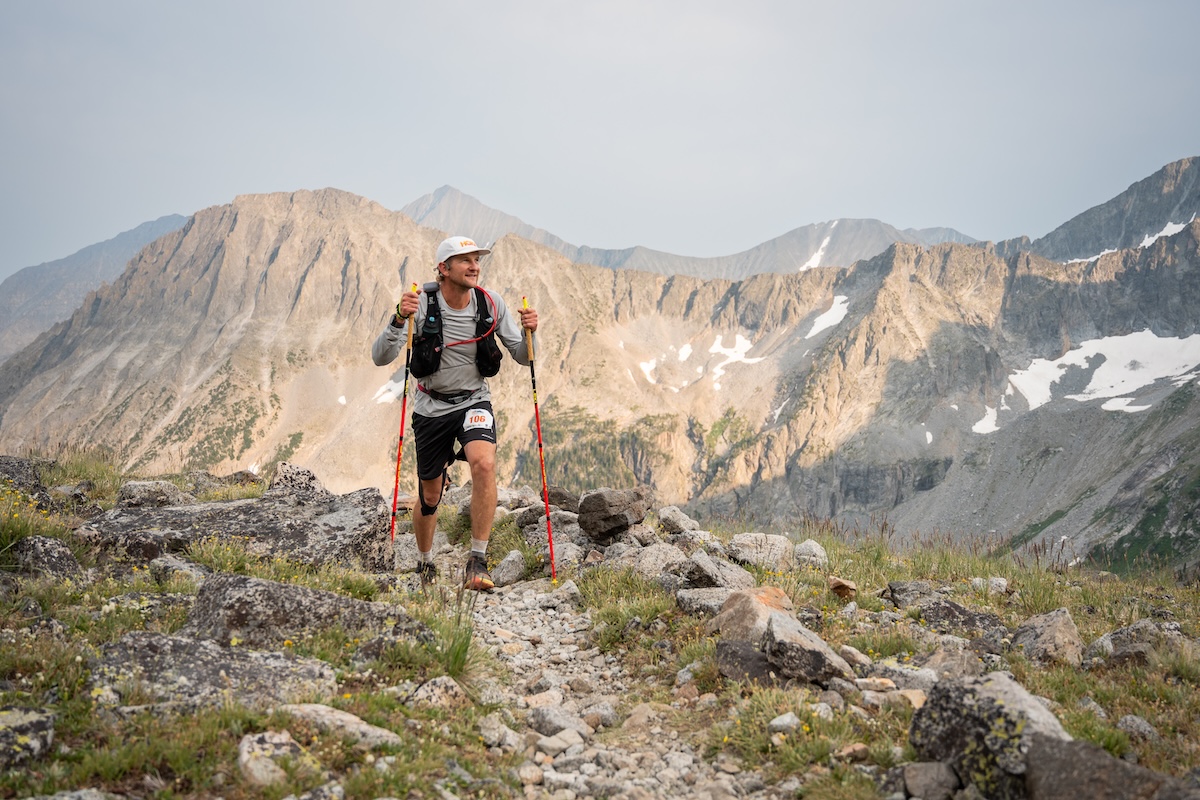 After crewing my husband, John, through multiple 100-milers—including this year’s Hellbender 100—I’ve seen firsthand what works, what fails, and what gets stubbornly packed anyway because it just feels right.
After crewing my husband, John, through multiple 100-milers—including this year’s Hellbender 100—I’ve seen firsthand what works, what fails, and what gets stubbornly packed anyway because it just feels right.
Here’s what we’ve learned and what you might consider wearing (and packing) for your 100-mile journey.
Don’t Skip the Rules or the Weather Forecast
Before packing a single item, read the race manual. Every 100-miler has its own rules and required gear list—especially for mountain races or events with long remote sections.
Required items can include things like waterproof jackets with taped seams, rear red lights, emergency blankets—or even emergency bivy sacks (yes, not just the blankets).
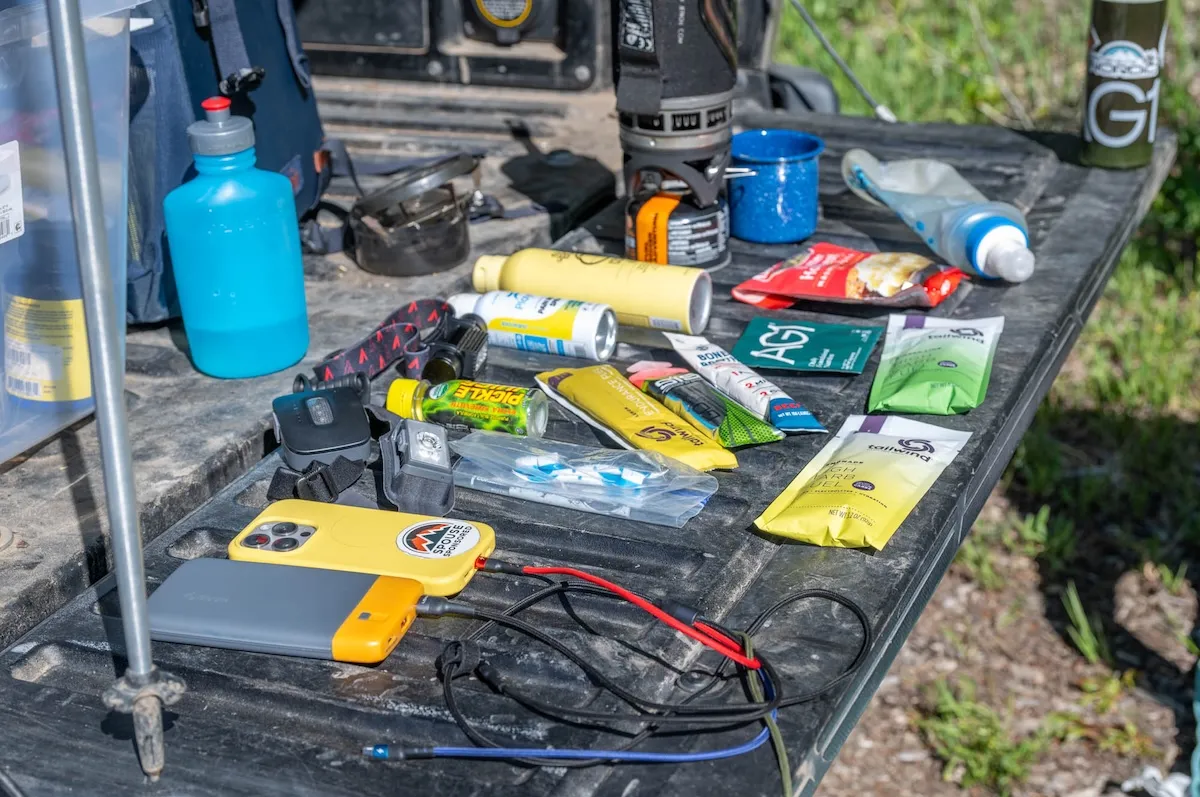 John has had races where volunteers physically inspected every runner’s vest before the race even started. Be sure to have everything you need; otherwise, you risk being disqualified.
John has had races where volunteers physically inspected every runner’s vest before the race even started. Be sure to have everything you need; otherwise, you risk being disqualified.
And while you’re at it, check the weather repeatedly. Conditions can shift dramatically—especially in the mountains—so make sure your gear can handle heat, cold, wind, and rain.
Start with a Solid Base Layer
The first layer you put on sets the tone for the rest of the day—and night. You want something breathable, moisture-wicking, and comfortable across a wide range of temperatures.
Merino wool is our go-to. It’s soft, doesn’t retain odors, and regulates body temperature remarkably well.
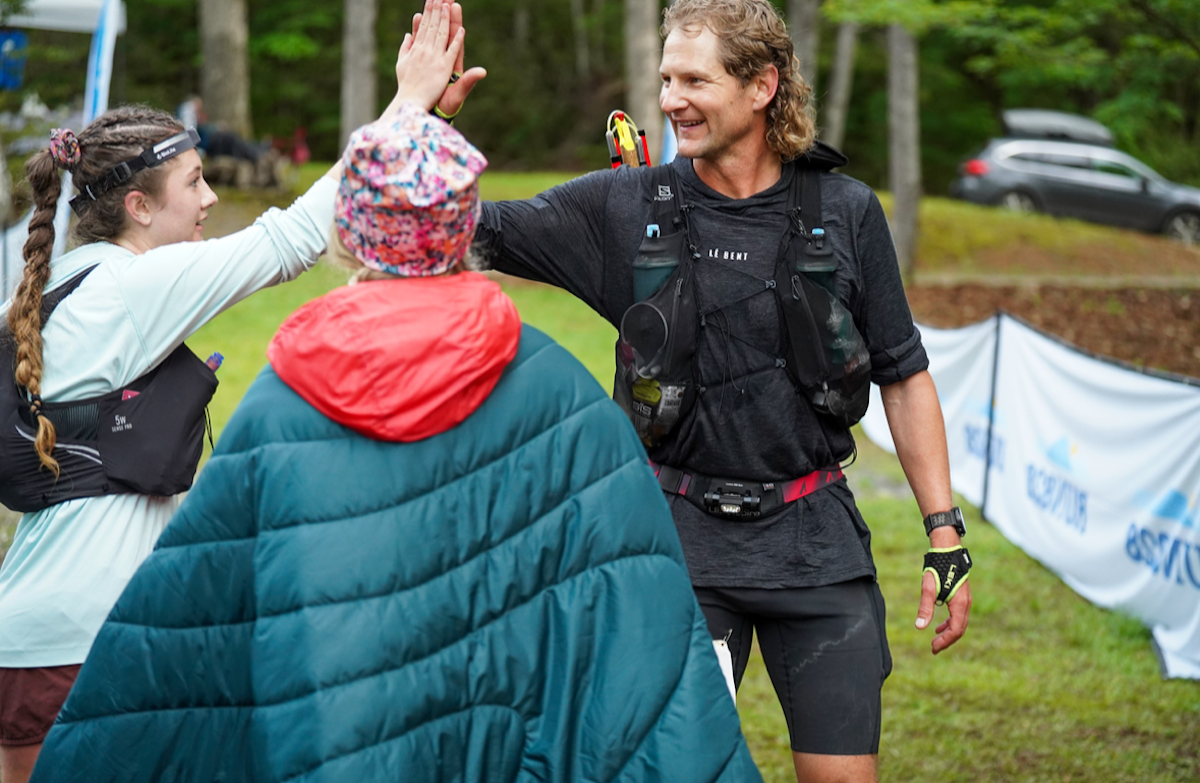 John wears Smartwool or LeBent base layers, depending on the weather.
John wears Smartwool or LeBent base layers, depending on the weather.
For his most recent 100, he ran through the night in the LeBent Nuyarn Ultralight Hoodie, which kept him warm in the cold hours and wicked sweat when things heated up during the morning. This kind of premium wool is perfection for runners because it’s going to pull the sweat away to keep you warm at night or cool during the day.
Shorts (and the Pocket Factor)
Comfort is key, but so is function—especially when it comes to storage. John wears Janji shorts because of their generous pocket layout.
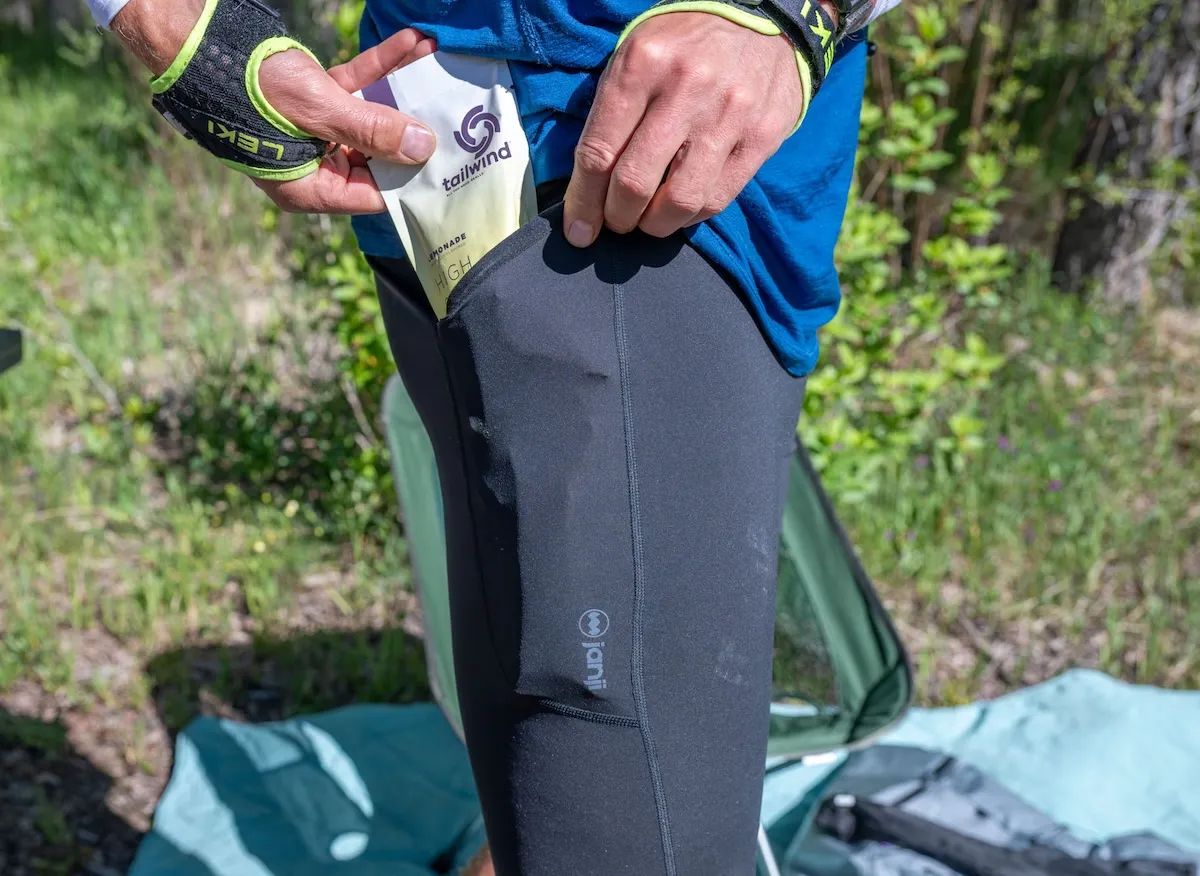 On races where you want to keep gear close (fuel, gloves, headlamp batteries, trash), pockets make a huge difference. He also has an ancient pair of Beleaf shorts that’s basically falling apart, but he keeps wearing them because they’re just that comfortable.
On races where you want to keep gear close (fuel, gloves, headlamp batteries, trash), pockets make a huge difference. He also has an ancient pair of Beleaf shorts that’s basically falling apart, but he keeps wearing them because they’re just that comfortable.
No judgment here—if it works, it works.
Socks & Footwear: Don’t Cut Corners
Socks and shoes can make or break your race. Blisters and foot pain are responsible for a huge number of DNFs.
John runs in Injinji toe socks, and we always pack at least three or four pairs. Toe socks reduce friction between toes, which helps with blister prevention, especially in wet or muddy conditions.
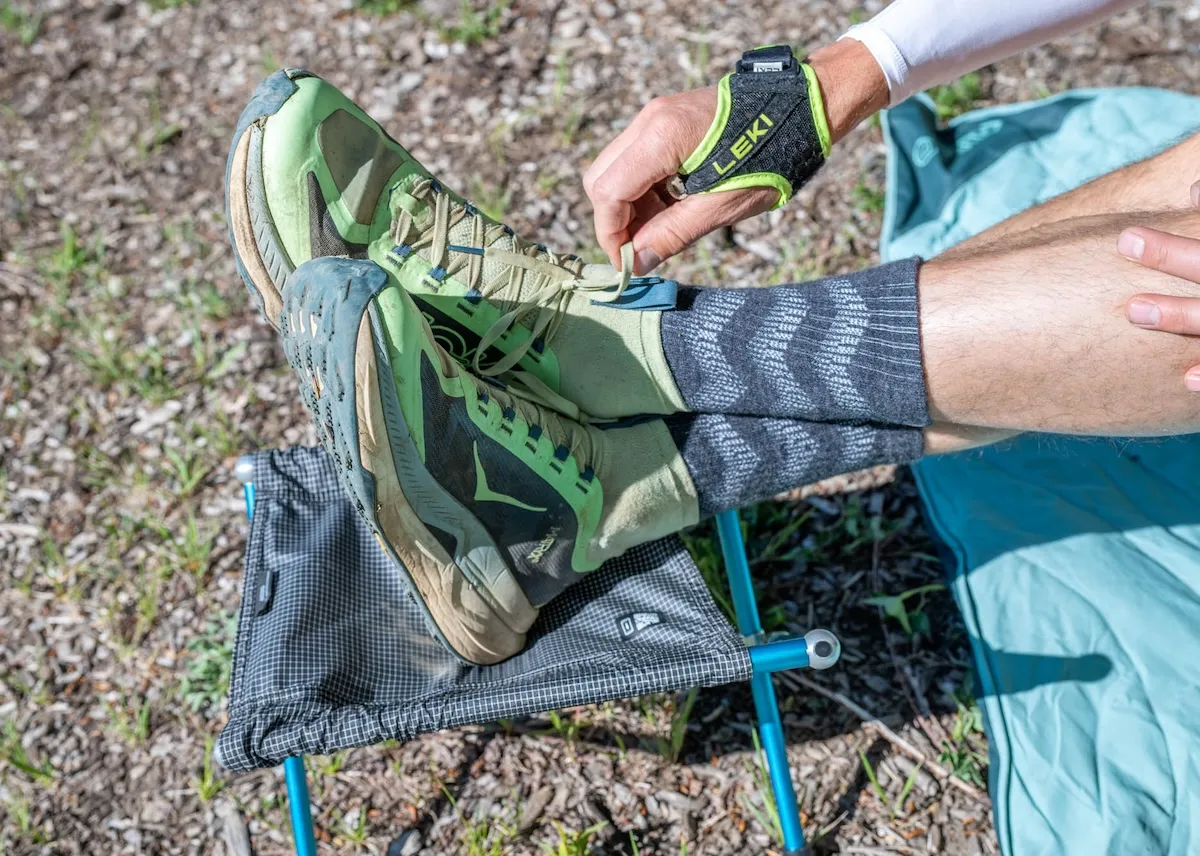 If we know the race conditions will be especially muddy or wet, John applies Squirrel’s Nut Butter to his toes before putting on his socks to help prevent blisters. We’ve seen other runners go as far as taping each toe individually; to each their own!
If we know the race conditions will be especially muddy or wet, John applies Squirrel’s Nut Butter to his toes before putting on his socks to help prevent blisters. We’ve seen other runners go as far as taping each toe individually; to each their own!
For shoes, he currently prefers the Hoka Tecton X 3—a responsive, cushioned trail shoe with enough grip for rugged terrain. His Merrell Nova 4 and Hoka Speedgoat serve as backups in case of failure or major changes in trail conditions. Never underestimate the mental boost of a fresh pair of shoes at mile 60.
Hats: Sun, Sweat, and Warmth
A good hat might seem like a small detail, but over the course of 100 miles, it can make a big difference. For daytime running, a lightweight, breathable running cap helps shield your face from the sun and keeps sweat out of your eyes.
Mission makes both running hats and bucket hats that help keep you cool!
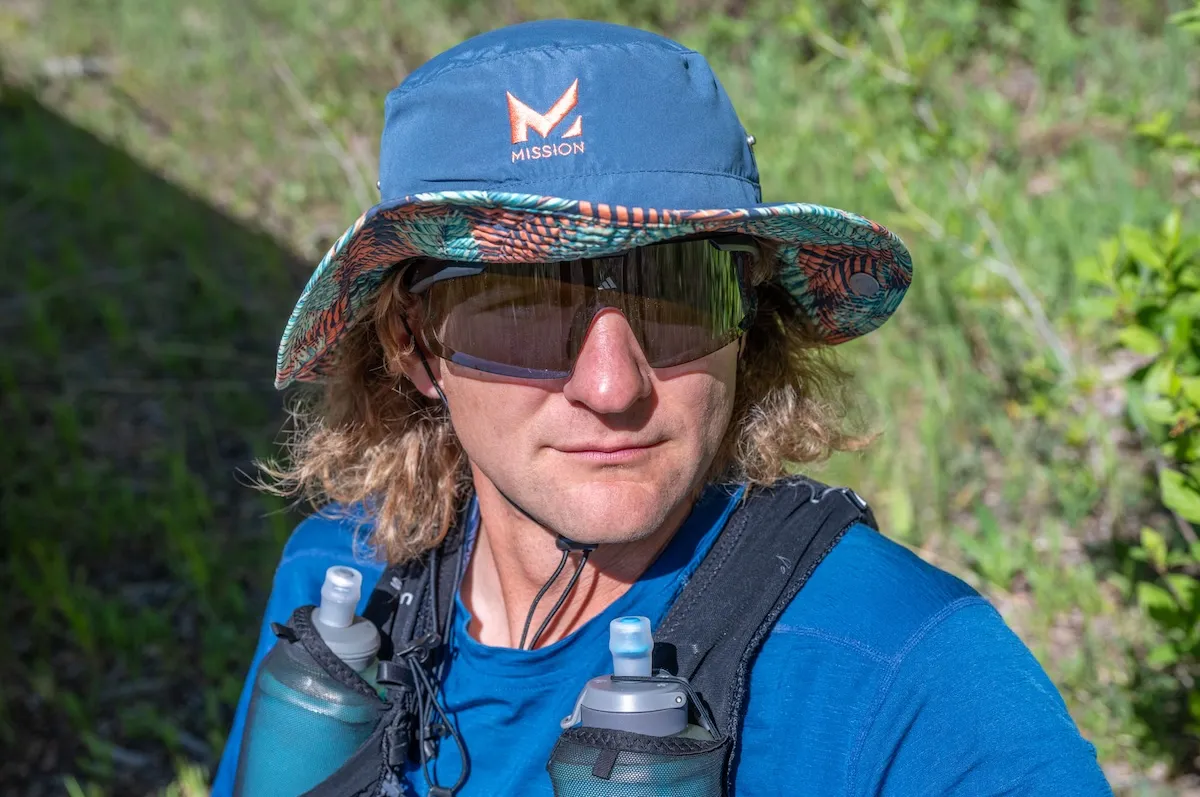 During hot races, John makes a point to dip his hat, buff, and sleeves into every water source he can—whether it’s an aid station or a creek crossing. He starts this cooling strategy early to help keep his core temperature down before the heat really spikes. It might not always feel comfortable in the moment, but it pays off later when the temperatures start climbing.
During hot races, John makes a point to dip his hat, buff, and sleeves into every water source he can—whether it’s an aid station or a creek crossing. He starts this cooling strategy early to help keep his core temperature down before the heat really spikes. It might not always feel comfortable in the moment, but it pays off later when the temperatures start climbing.
As temperatures drop—especially during overnight sections—he’ll swap into a lightweight beanie or fleece-lined hat for warmth. Having both options on hand (and in drop bags or with crew) ensures he’s always ready to regulate body temperature. We also keep a spare hat stashed in his vest or drop bag because few things feel as good as putting on a dry one after hours of running in rain or sweat.
Layers for All Conditions
You’ll likely face a 30- to 40-degree temperature swing over the course of a 100-miler, so plan to dress in layers—and stash extras in drop bags or with the crew.
 Recommended layers:
Recommended layers:
- Lightweight rain shell (like the Gorewear Concurve Jacket or Patagonia Houdini)
- Puffy running jacket and thermal base layers for overnight sections or cold races
- Gloves (including waterproof gloves), and hand warmers
- Cooling accessories like buffs, sleeves, and ice bandanas for hot races
- Some races even require rainpants! Again, read the rules!
Vests, Packs & Storage
What you carry depends on the course, weather, and aid station spacing. John rotates between Salomon, Dynafit, and Ultraspire vests and waist packs depending on what the race demands.
We’ve previously done a break down of the best running hydration vest, which is absolutely going to change based on how much you need to carry AND what fits you best.
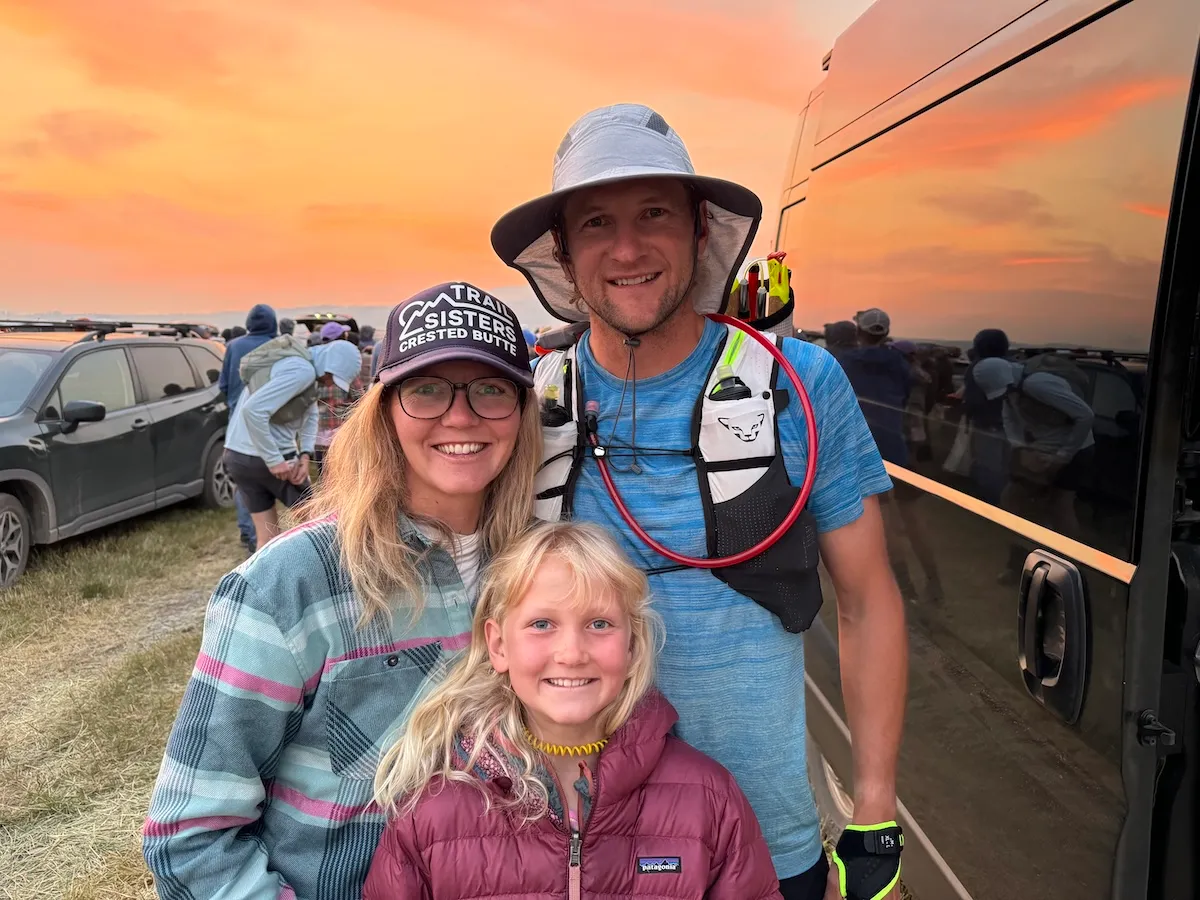 John also likes to switch out gear at nightfall, so we usually hand him his biggest running vest, Salomon Adv Skin 12, at a key aid station before dark. That way, he can carry extra food, warm layers, lights, and whatever else he’ll need when aid stations are farther apart and the temps start to drop.
John also likes to switch out gear at nightfall, so we usually hand him his biggest running vest, Salomon Adv Skin 12, at a key aid station before dark. That way, he can carry extra food, warm layers, lights, and whatever else he’ll need when aid stations are farther apart and the temps start to drop.
When things heat up, or he doesn’t have too long between aid stations, he prefers to keep vests off his back and wears his Ultraspire Speedgoat 3.0 waist pack.
The fit and organization of your vest are just as important as its size—make sure it’s been tested and feels comfortable when fully loaded. The last thing you want on race day is an ill-fitting vest; chafing can be painful and, over 100 miles, might be the thing that takes you out of the race.
Trekking Poles (Optional but Helpful)
If your race includes steep climbs, long descents, or mountain terrain, trekking poles can be a game-changer. John uses Leki Ultra Trail poles with glove-style attachments for comfort, grip, and reduced hand fatigue over the long haul. They’re lightweight, easy to deploy, and built for endurance.
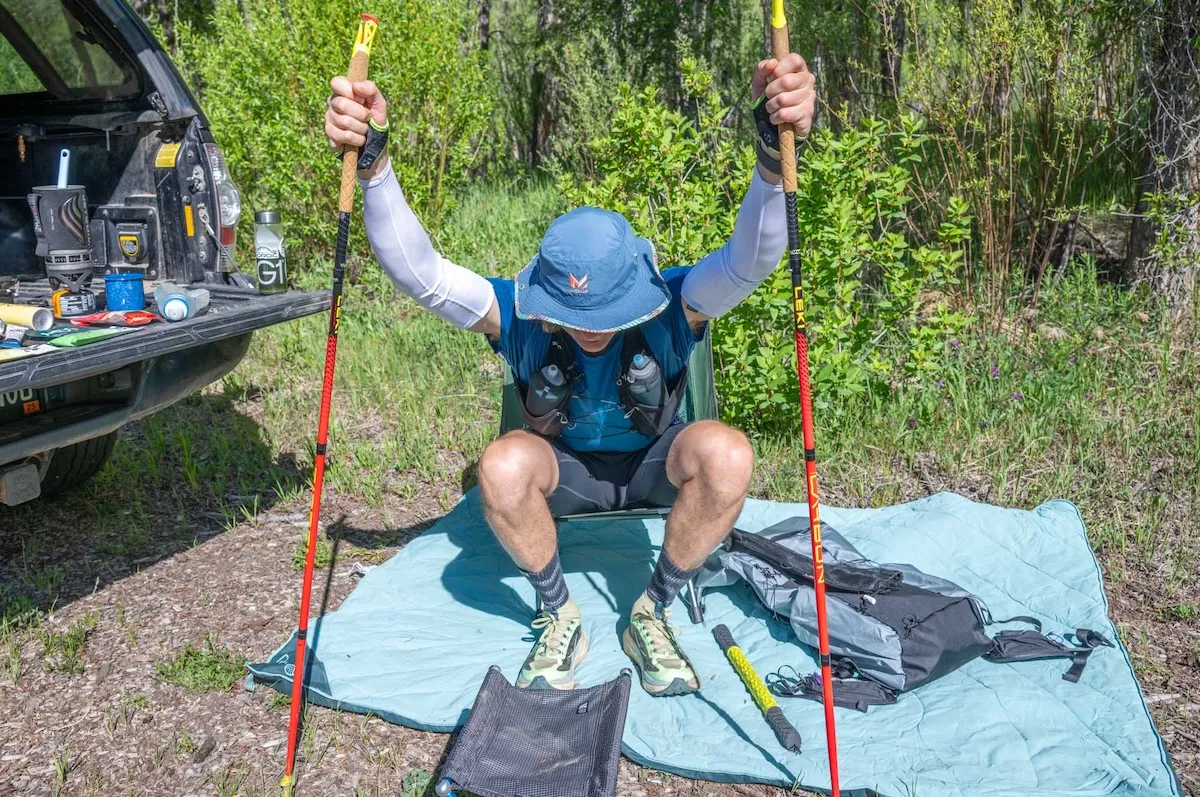 He carries two sets of gloves for his poles—one with the standard attachment straps and another pair that are full-length gloves to keep his fingers warm during cold stretches or overnight sections.
He carries two sets of gloves for his poles—one with the standard attachment straps and another pair that are full-length gloves to keep his fingers warm during cold stretches or overnight sections.
When he’s not actively using them, he stashes the poles in a Dynafit or Salomon quiver attached to his vest. Both quivers allow for quick, bounce-free storage and easy access when terrain shifts. We also pack a backup set of CAMP poles—because the one time you don’t bring extras is usually the time something snaps or something happens.
Hydration System: Flasks vs. Bladders
This one comes down to preference. John prefers soft flasks because they’re easy to refill, sip from, and monitor. But hydration bladders can still be useful—especially for long stretches without aid or in hot weather.
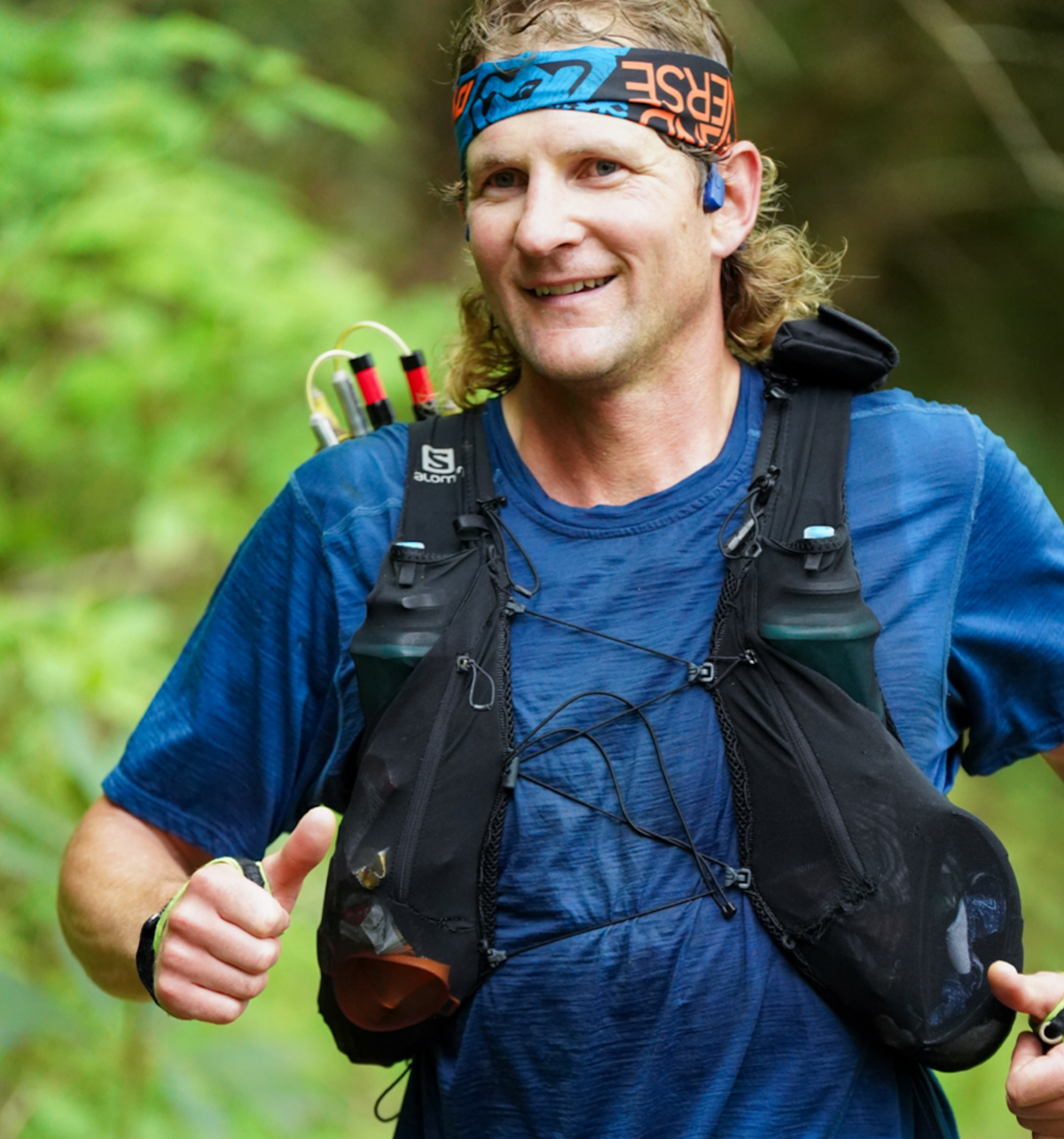 We use HydraFlask soft flasks with Speedfill caps, which pop open instead of twisting off—saving time and hassle during quick refills.
We use HydraFlask soft flasks with Speedfill caps, which pop open instead of twisting off—saving time and hassle during quick refills.
Whatever system you choose, make sure it’s tested during training and easily accessible while on the move.
Sunglasses & Eye Protection
Protecting your eyes from sun, dust, and wind is about more than comfort—it’s about long-term focus. John wears Adidas Dunamis Pro sunglasses, which don’t bounce, fog, or press uncomfortably into his face (even with headphones).
We pack a spare pair just in case one gets lost or left behind. We’ve seen a lot of racers wear clear glasses when they don’t need sunglasses. It’s another way to protect your eyes from dust, wind, and general fatigue.
We’ve seen a lot of racers wear clear glasses when they don’t need sunglasses. It’s another way to protect your eyes from dust, wind, and general fatigue.
Lighting for Night Sections
If your race goes into the night—and most 100s do—you’ll need quality lighting.
John carries the BioLite 800 Pro headlamp (with a rear red light included for road sections) and also uses the Ultraspire Lumen 850 Duo Waist Light for added visibility and reduced eye strain.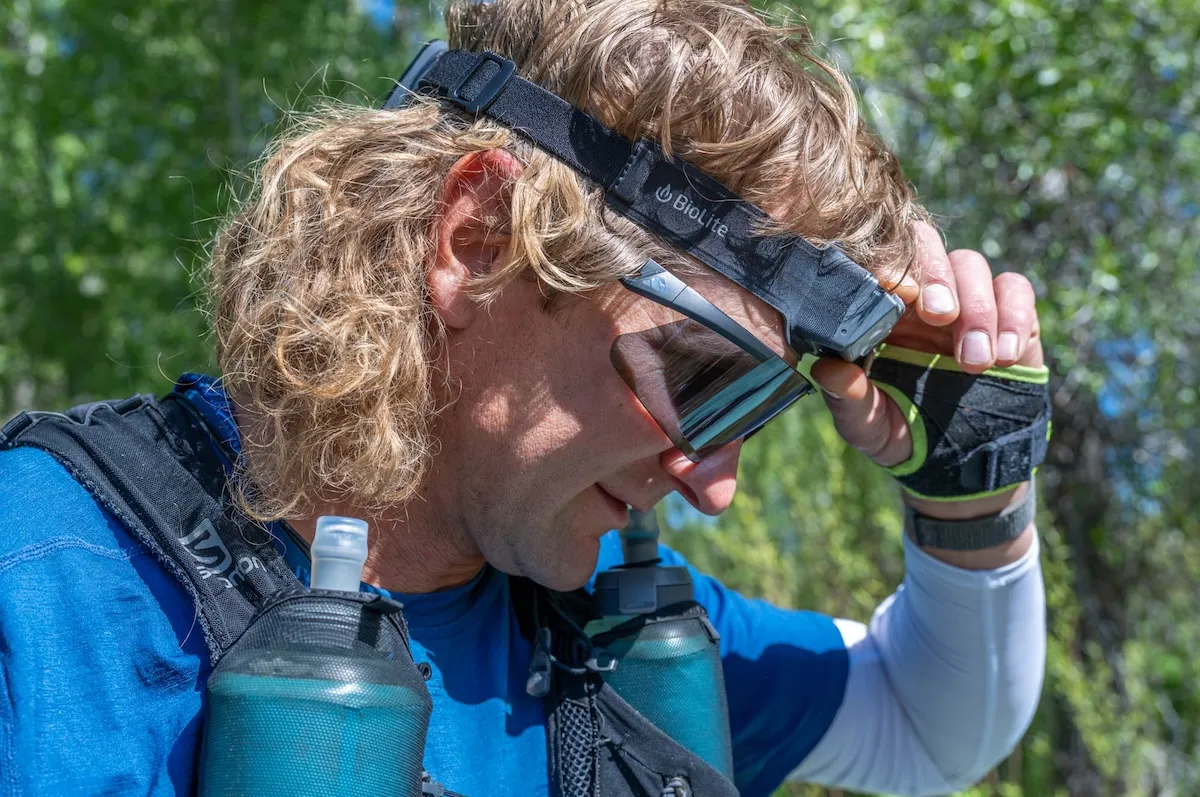 We always have spare headlamps, batteries, and chargers (and cords!) in his vest or drop bags, and make the lighting switch well before dark to avoid scrambling.
We always have spare headlamps, batteries, and chargers (and cords!) in his vest or drop bags, and make the lighting switch well before dark to avoid scrambling.
When it comes to headlamps, make sure to test them in race-like conditions ahead of time. Some hats work better with certain headlamp styles, and a long brim can sometimes block part of the beam. These are the kinds of details you want to figure out well before race day—or night.
What to read next??? Ultramarathon crew checklist >>
Final Thoughts: Gear Up, Head Out
What you wear for a 100-mile race should feel like second nature—tested, trusted, and trail-proven. It’s not about having the flashiest gear; it’s about having the right gear for you. John’s system works because it’s been refined over countless miles, with muddy climbs, freezing descents, and a few unforgettable “never again” gear mistakes.
 The biggest takeaway? Test everything before the race. And we mean everything—from socks and packs to lights and layers.
The biggest takeaway? Test everything before the race. And we mean everything—from socks and packs to lights and layers.
Whether you’re the one racing or crewing from the aid station, success comes down to preparation. Pack smart. Plan ahead. And when in doubt? Bring the extra socks. Always.
What to read next?
- How to treat running blisters
- What to do about runner’s toe
- Checkout all of our trail running shoe reviews
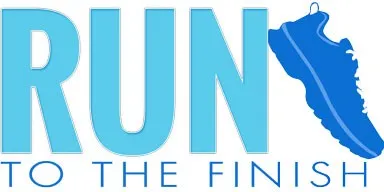


 Black Toenail Prevention: 7 Easy Tips to Avoid Runner’s Toe
Black Toenail Prevention: 7 Easy Tips to Avoid Runner’s Toe
